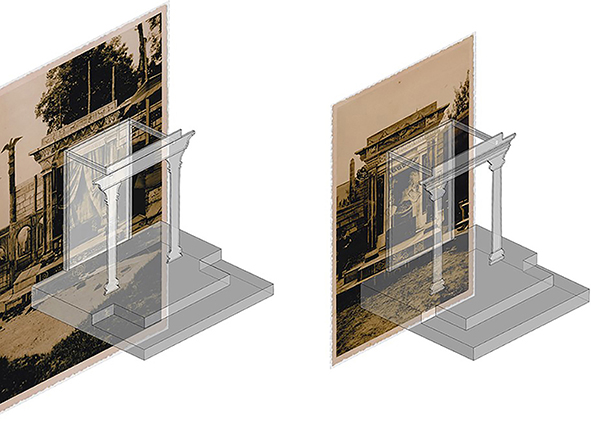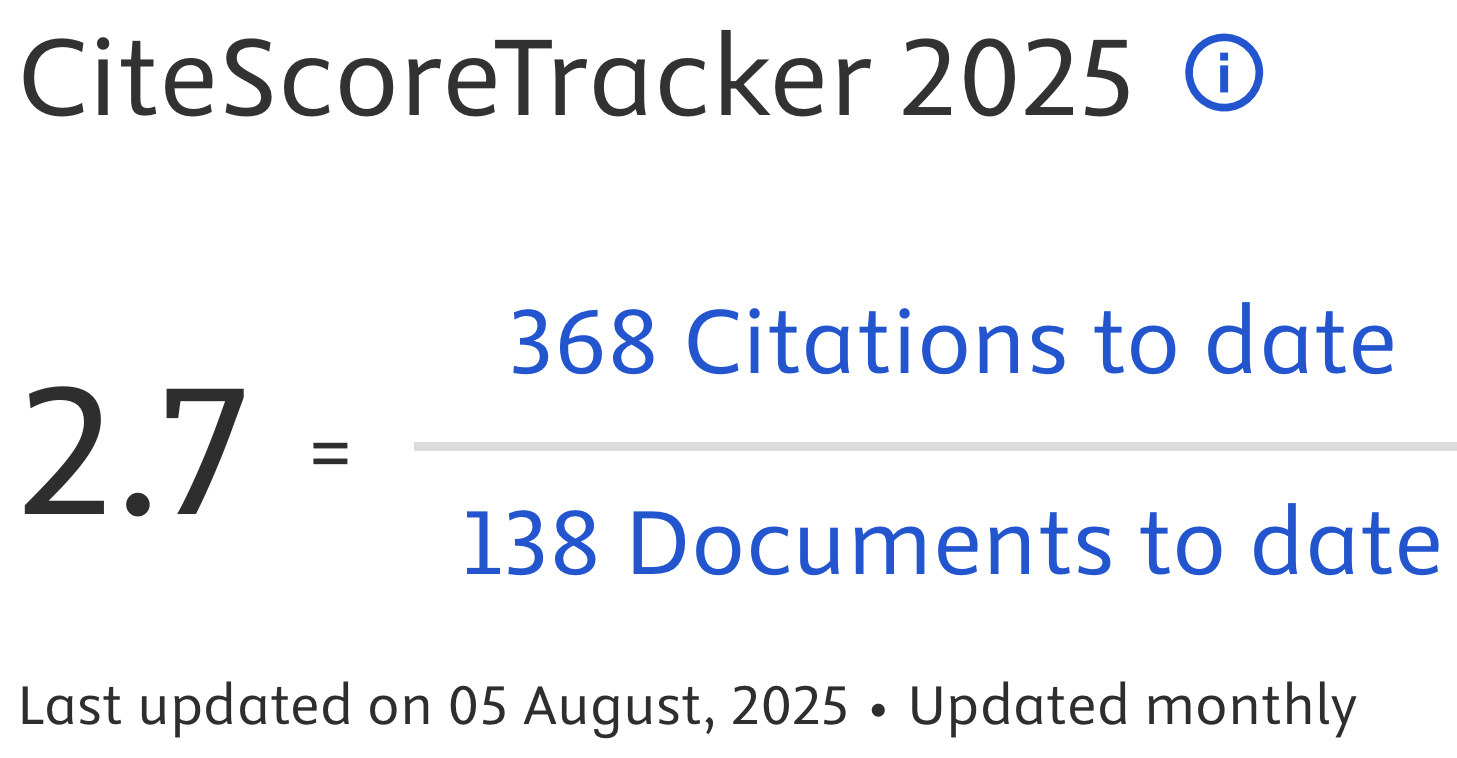Physical, digital, virtual, intangible. Research experiences in Museums
DOI:
https://doi.org/10.19229/2464-9309/10122021Keywords:
museums, digital cultural heritage, virtual reality, digital modelling for reconstruction, storytellingAbstract
This paper dwells on the many meanings the digital artefacts can have, their value and their replicability. It presents some critical and methodological thoughts on the use of digital tools in the museums. Using consolidated taxonomies and redefining the digital tools to be innovatively applied to Cultural Assets, the essay describes some research experiences carried out over the last years. From the creation of virtual reconstructions of the past, to the opportunity to work on virtual models, operating on informative stratification not perceptible by simply observing the collection’s item and avoiding its evolution into a simple repetition of the perceptual experience of the real object.
Downloads
Article Metrics Graph
References
Benjamin, W. (2008), The work of art in the age of its technological reproducibility, and other writings on media, Harvard University Press, Cambridge.
Biagetti, M. T. (2016), “Un modello ontologico per l’integrazione delle informazioni del patrimonio culturale – CIDOC-CRM”, in JLIS.it, vol. 7, issue 3, pp. 43-77. [Online] Available at: jlis.it/article/view/11930/11062 [Accessed 13 October 2021].
Bonacini, E. (2020), I musei e le forme dello storytelling digitale, Aracne, Roma.
Brusaporci, S. (2019), “The Visual Bride – Representing Tangible Heritage between Digitality and Real Contents”, in Img Journal, vol. 1, issue 1, pp. 74-91. [Online] Available at: doi.org/10.6092/issn.2724-2463/11058 [Accessed 26 October 2021].
Carpo, M. (2017), The Second Digital Turn – Design beyond intelligence, The MIT Press, Cambridge.
Ch’ng, E. (2019), “The First Original Copy And The Role Of Blockchain In The Reproduction Of Cultural Heritage”, in PRESENCE | Virtual and Augmented Reality, vol. 27, issue 1, pp. 151-162. [Online] Available at: doi.org/10.1162/pres_a_00313 [Accessed 13 October 2021].
Ciccopiedi, C. (ed.) (2019), Archeologia Invisibile, Franco Cosimo Panini, Modena.
Demetrescu, E. and Ferdani, D. (2021), “From Field Archaeology to Virtual Reconstruction – A Five Steps Method Using the Extended Matrix”, in Applied Sciences, vol. 11, 5206. [Online] Available at: doi.org/10.3390/app11115206 [Accessed 13 October 2021].
Ferri, P. (2011), Nativi digitali, Mondadori, Milano.
Gabellone, F. (2019), Archeologia virtuale – Teoria, tecniche e casi di studio, Edizioni Grifo, Lecce.
Germanà, M. L. (2018), “Architectural Heritage and timeless time – For a temporary permanence | Patrimonio architettonico e timeless time – Per una permanenza temporanea, in Agathón | International Journal of Architecture, Art and Design, vol. 4, pp. 59-64. [Online] Available at: doi.org/10.19229/2464-9309/472018 [26 October 2021].
Geismar, H. (2018), Museum Object Lessons for the Digital Age, UCL Press, London. [Online] Available at: discovery.ucl.ac.uk/id/eprint/10047967/1/Museum-Object-Lessons-for-the-Digital-Age.pdf [Accessed 13 October 2021].
Greco, C. (2019), “La biografia degli oggetti – Rivoluzione digitale e Umanesimo”, in Ciccopiedi, C. (ed.), Archeologia Invisibile, Franco Cosimo Panini, Modena, pp. 14-20.
Ioannides, M., Chatzigrigoriou, P., Nikolakopoulou, V., Leventis, G., Papageorgiou, E., Athanasiou, V. and Sovis, C. (2016), “Parian Marble – A Virtual Multimodal Museum Project”, in Ioannides, M., Fink, E., Moropoulou, A., Hagedorn-Saupe, M., Fresa, A., Liestøl, G., Rajcic, V. and Grussenmeyer, P. (eds), Digital Heritage – Progress in Cultural Heritage – Documentation, Preservation, and Protection – 6th International Conference EuroMed 2016 (Nicosia, Cyprus, October 31-November 5, 2016 – Proceedings, Part II, Lecture Notes in Computer Science, vol. 10059, Springer, Cham, pp. 256-264. [Online] Available at: doi.org/10.1007/978-3-319-48974-2_29 [Accessed 13 October 2021].
Lampis, A. (2017), “Ambienti digitali e musei – Esperienze e prospettive in Italia”, in Luigini, A. and Panciroli, C. (eds), Ambienti digitali per l’educazione all’arte e al patrimonio, FrancoAngeli, Milano, pp. 11-15. [Online] Available at: ojs.francoangeli.it/_omp/index.php/oa/catalog/book/334 [Accessed 13 October 2021].
Lo Turco, M. (2019), “On Phygital reproductions – New experiential approaches for Cultural Heritage”, in Img Journal, vol. 1, issue 1, pp. 158-173. [Online] Available at: doi.org/10.6092/issn.2724-2463/11065 [Accessed 13 October 2021].
Lo Turco, M., Piumatti, P., Calvano, M., Giovannini, E. C., Mafrici, N., Tomalini, A. and Fanini, B. (2019), “Interactive Digital Environments for Cultural Heritage and Museums – Building a digital ecosystem to display hidden collections”, in DisegnareCON, vol. 12, issue 23, pp. 7.1-7.11. [Online] Available at: disegnarecon.univaq.it/ojs/index.php/disegnarecon/article/view/608/385 [Accessed 13 October 2021].
Luigini, A. and Panciroli, C. (2017), “Ambienti digitali per l’educazione all’arte e al patrimonio”, in Luigini, A. and Panciroli, C. (eds), Ambienti digitali per l’educazione all’arte e al patrimonio, FrancoAngeli, Milano, pp. 17-32. [Online] Available at: ojs.francoangeli.it/_omp/index.php/oa/catalog/book/334 [Accessed 13 October 2021].
Mafrici, N. and Giovannini, E. G. (2019), “Digitalizing Data – From the historical research to data modelling for a (digital) collection documentation”, in Lo Turco, M., Giovannini, E. C. and Mafrici, N. (eds), Digital & Documentation – Digital strategies for Cultural Heritage volume 2, Pavia University Press, Pavia, pp. 39-51. [Online] Available at: archivio.paviauniversitypress.it/oa/9788869521249.pdf [Accessed 13 October 2021].
Mandarano, N. (2019), Musei e media digitali, Carocci, Roma.
Meghini, C. et alii (2017), “ARIADNE – A Research Infrastructure for Archaeology”, in ACM Journal on Computing and Cultural Heritage, vol. 10, issue 3, pp. 1-27. [Online] Available at: doi.org/10.1145/3064527 [Accessed 13 October 2021].
Nofal, E., Reffat, R. M. and Vande Moere, A. (2017), “Phygital Heritage – An Approach for Heritage Communication”, in Beck, D., Allison, C., Morgado, L., Pirker, J., Khosmood, F., Richter, J. and Gütl, C. (eds), iLRN 2017 Coimbra – Workshop, Long and Short Paper, and Poster Proceedings from the Third Immersive Learning Research Network Conference, pp. 220-229 [Online] Available at: doi.org/10.3217/978-3-85125-530-0 [Accessed 25 October 2021].
Reaver, K. (2019), “Three case studies in virtual preservation – Applying virtual reality to Cultural Heritage | Tre casi studio sulla conservazione virtuale – Applicare la realtà virtuale al Patrimonio Culturale”, in Agathón | International Journal of Architecture, Art and Design, vol. 6, pp. 210-217. [Online] Available at: doi.org/10.19229/2464-9309/6202019 [Accessed 26 October 2021].
Sposito, C. and Scalisi, F. (2018), “Processo conservativo e significatività – Un approccio metodologico per la progettazione dei sistemi di protezione nei siti archeologici | Conservation process and significance – A methodological approach to plan shelters in archaeological sites”, in Agathón | International Journal of Architecture, Art and Design, vol. 4, pp. 45-58. [Online] Available at: doi.org/10.19229/2464-9309/462018 [Accessed 26 October 2021].
UNESCO (2003), Charter on the Preservation of the Digital Heritage. [Online] Available at: portal.unesco.org/en/ev.php-URL_ID=17721&URL_DO=DO_TOPIC&URL_SECTION=201.html [Accessed 26 October 2021].

Downloads
Published
How to Cite
Issue
Section
License
This Journal is published under Creative Commons Attribution Licence 4.0 (CC-BY).
License scheme | Legal code
This License allows anyone to:
Share: copy and redistribute the material in any medium or format.
Adapt: remix, transform, and build upon the material for any purpose, even commercially.
Under the following terms
Attribution: Users must give appropriate credit, provide a link to the license, and indicate if changes were made; users may do so in any reasonable manner, but not in any way that suggests the licensor endorses them or their use.
No additional restrictions: Users may not apply legal terms or technological measures that legally restrict others from doing anything the license permits.
Notices
Users do not have to comply with the license for elements of the material in the public domain or where your use is permitted by an applicable exception or limitation.
No warranties are given. The license may not give users all of the permissions necessary for their intended use. For example, other rights such as publicity, privacy, or moral rights may limit how you use the material.


















































































